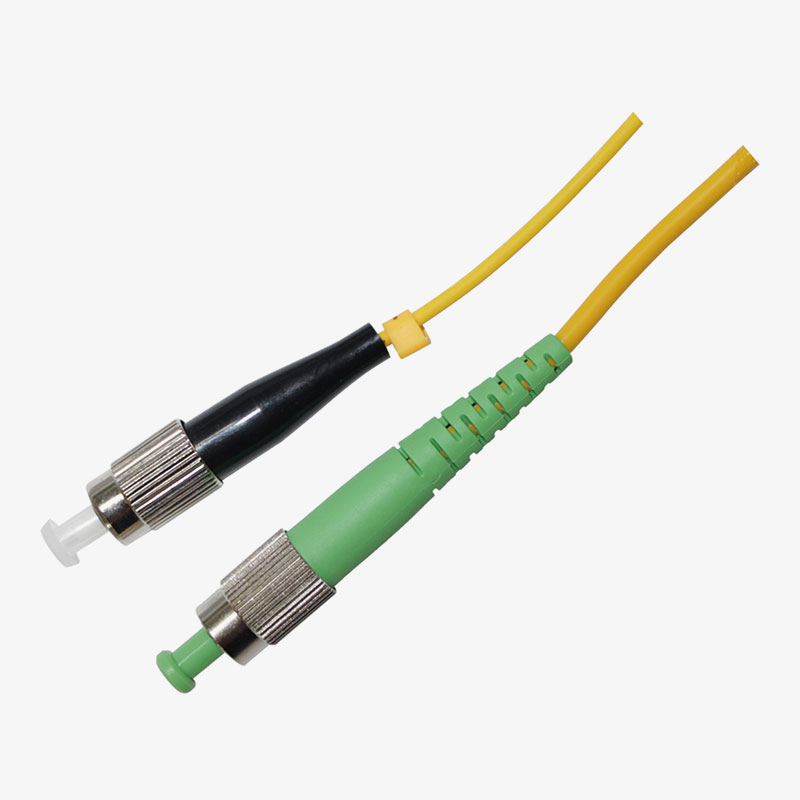The vigorous development of optical communication technology has led to the rise of fiber-to-the-home, which makes the market for fiber-optic quick connectors and cold connectors continue to expand. These two correspond to two optical fiber connection methods, optical fiber thermal fusion and quick connector connection, so what is the difference between them?
1. Optical fiber quick connector!
Its main purpose is to realize the splicing of optical fibers. It is a device for detachable (movable) connection between optical fibers and optical fibers. It precisely connects the two end faces of the optical fibers, so that the light energy output by the transmitting optical fibers can be maximized. ground into the receiving fiber and minimizes the impact on the system due to its intervening optical link.

Second, the cold connection!
Cold splices are used for optical fiber butt optical fiber or optical fiber docking pigtail, which is equivalent to making a joint, (fiber docking pigtail refers to the optical fiber and the core of the pigtail, not the pigtail head mentioned by the former), used for this kind of Cold splices are called optical fiber cold splices.
What is the difference between fiber optic quick connectors and cold splices:
Optical fiber cold splices have the same structural principle as pre-embedded optical fiber connectors, and they are both sub-products of optical fiber quick connectors. However, because their appearance is similar to that of quick connectors, many people can't tell the difference between them. The main reason for the cold splicing is that it has no movable plug, and is used to directly and fixedly connect the optical link node when "fiber-to-fiber" or "fiber-to-pigtail" is docked. It is mainly used for indoor wiring or wiring in a small space, and it is easy and flexible to install.